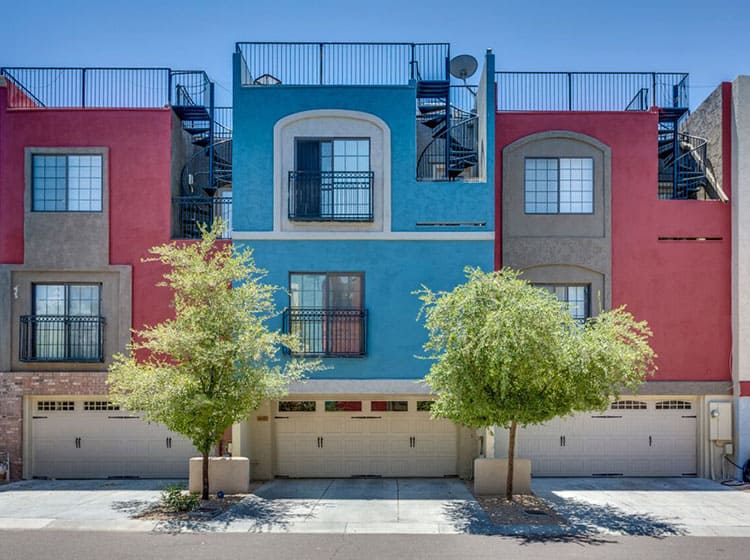The Relevance Of Weather Condition In Commercial Exterior Painting: What You Must Understand
The Relevance Of Weather Condition In Commercial Exterior Painting: What You Must Understand
Blog Article
Short Article Writer-Weiss Hollis
When you're preparing a business outside painting task, don't undervalue the effect of weather on your outcomes. You need to think about variables like temperature level, moisture, and rainfall, as they can make or damage your paint job. As an example, did you recognize that optimal problems ask for certain temperature level arrays and humidity degrees? Stopping working to keep an eye on these facets can result in irregular finishes or even damages to fresh paint. Understanding these elements is key to attaining a long-lasting, specialist outcome. So, what certain weather conditions should you watch out for?
Temperature Considerations
When it pertains to business outside painting, temperature level plays an essential function in the result of your job. If house painter portland in extreme warm, the paint can dry out as well rapidly, resulting in issues like bad adhesion and irregular finishes. You want to go for temperature levels in between 50 ° F and 85 ° F for the best results. Below colorful portland walls , paint may not treat appropriately, while over 85 ° F, you take the chance of blistering and fracturing.
Timing your project with the ideal temperature levels is vital. Beginning your job early in the early morning or later on in the afternoon when it's cooler, especially throughout warm months.
Additionally, consider the surface area temperature level; it can be dramatically more than the air temperature, specifically on bright days. Use a surface area thermostat to inspect this prior to you begin.
If temperature levels are uncertain, keep an eye on the weather forecast. Sudden temperature level decreases or heat waves can thwart your strategies. You do not wish to begin painting only to have the problems transform mid-project.
Humidity Levels
Humidity levels considerably influence the success of your industrial exterior painting project. When the moisture is too high, it can hinder paint drying and healing, causing a range of issues like bad bond and complete high quality.
If you're intending a task during moist conditions, you may find that the paint takes longer to dry, which can extend your task timeline and rise expenses.
Alternatively, low humidity can also present difficulties. Paint may dry out as well swiftly, preventing proper application and resulting in an irregular finish.
You'll wish to check the humidity levels closely to ensure you're functioning within the excellent range, normally between 40% and 70%.
To obtain the most effective outcomes, think about using a hygrometer to gauge humidity prior to beginning your project.
If you find the degrees are outside the optimum array, you might need to readjust your routine or select paints designed for variable problems.
Constantly consult the supplier's standards for details referrals on moisture tolerance.
Rainfall Effect
Rain or snow can considerably interrupt your business exterior paint plans. When precipitation occurs, it can remove fresh used paint or create an irregular finish. Preferably, you intend to pick days with dry weather to guarantee the paint adheres appropriately and treatments properly. If you're captured in a rain shower, it's best to stop the project and await conditions to enhance.
Additionally, snow can be even more harmful. Not only does it create a damp surface area, yet it can additionally decrease temperatures, making it tough for paint to completely dry. This can lead to concerns like peeling off or blistering down the line.
It's important to examine the weather report prior to beginning your project. If rain or snow is forecasted, take into consideration rescheduling.
Constantly keep in mind to allow sufficient drying time between coats, particularly if the climate remains uncertain.
Final thought
Finally, keeping an eye on the weather is crucial for an effective industrial outside painting project. By monitoring temperature level, humidity, and precipitation, you can make certain the very best conditions for application and curing. Remember to prepare https://www.homesandgardens.com/interior-design/paint/how-to-paint-a-ceiling around desirable weather and constantly adhere to manufacturer standards. With the appropriate method, you'll achieve a durable, stunning coating that can stand up to the aspects. Do not let the weather condition catch you off guard-- remain informed and paint clever!
